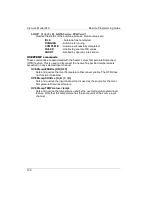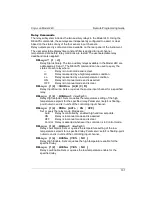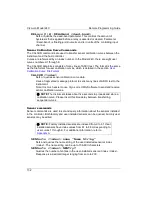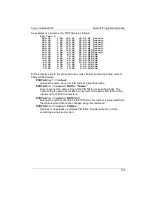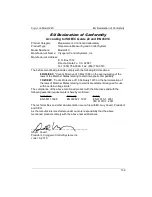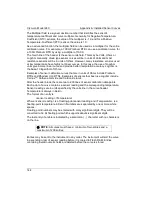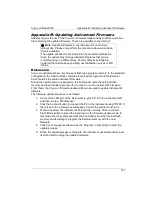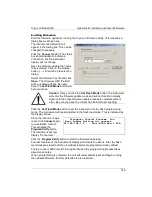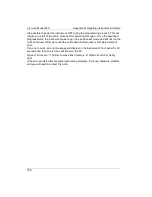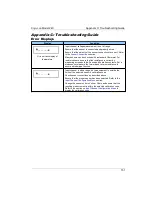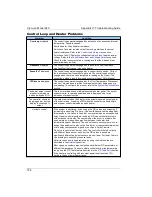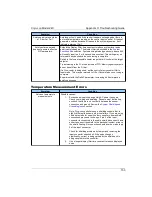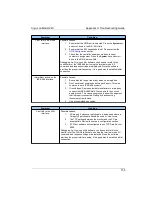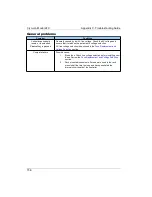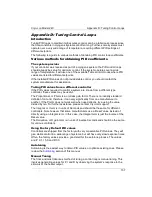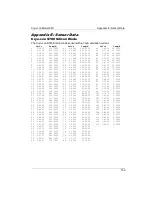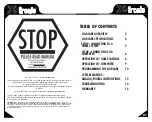
Cryo-con Model 24C
Appendix A: Installed Sensor Curves
The Multiplier field is a signed, decimal number that identifies the sensor's
temperature coefficient and curve multiplier. Generally, for Negative-Temperature-
Coefficient (NTC) sensors, the value of the multiplier is -1.0 and for a Positive-
Temperature-Coefficient (PTC) sensor, the value is 1.0.
As an advanced function, the multiplier field can be used as a multiplier for the entire
calibration curve. For example, a 10K
Platinum RTD can use a calibration curve for
a 100
Platinum RTD by using a multiplier of 100.0.
The fourth line of the header is the sensor units field. This may be Volts, Ohms or
Logohm. Generally, diode type sensor curves will be in units of Volts and most
resistance sensors will be in units of Ohms. However, many resistance sensors used
at low temperature have highly nonlinear curves. In this case, the use of Logohm
units give a more linear curve and provide better interpolation accuracy. Logohm is
the base-10 logarithm of Ohms.
Examples of sensor calibration curves that are in units of Ohms include Platinum
RTDs and Rhodium-Iron RTDs. Examples of sensors that best use Logohm include
Cernox™, Ruthenium-Oxide and Carbon-Ceramic.
After the header block, there are two to 200 lines of sensor calibration data points.
Each point of a curve contains a sensor reading and the corresponding temperature.
Sensor readings are in units specified by the units line in the curve header.
Temperature is always in Kelvin.
The format of an entry is:
<sensor reading> <Temperature>
Where <sensor reading> is a floating-point sensor reading and <Temperature> is a
floating-point temperature in Kelvin. Numbers are separated by one or more white
spaces.
Floating point numbers may be entered with many significant digits. They will be
converted to 32 bit floating point which supports about six significant digits.
The last entry of a table is indicated by a semicolon ( ; ) character with no characters
on the line.
i
NOTE:
All curves must have a minimum of two entries and a
maximum of 200 entries.
Entries may be sent to the instrument in any order. The instrument will sort the curve
in ascending order of sensor reading before it is copied to Flash RAM. Entries
containing invalid numeric fields are deleted before the curve is stored.
144

